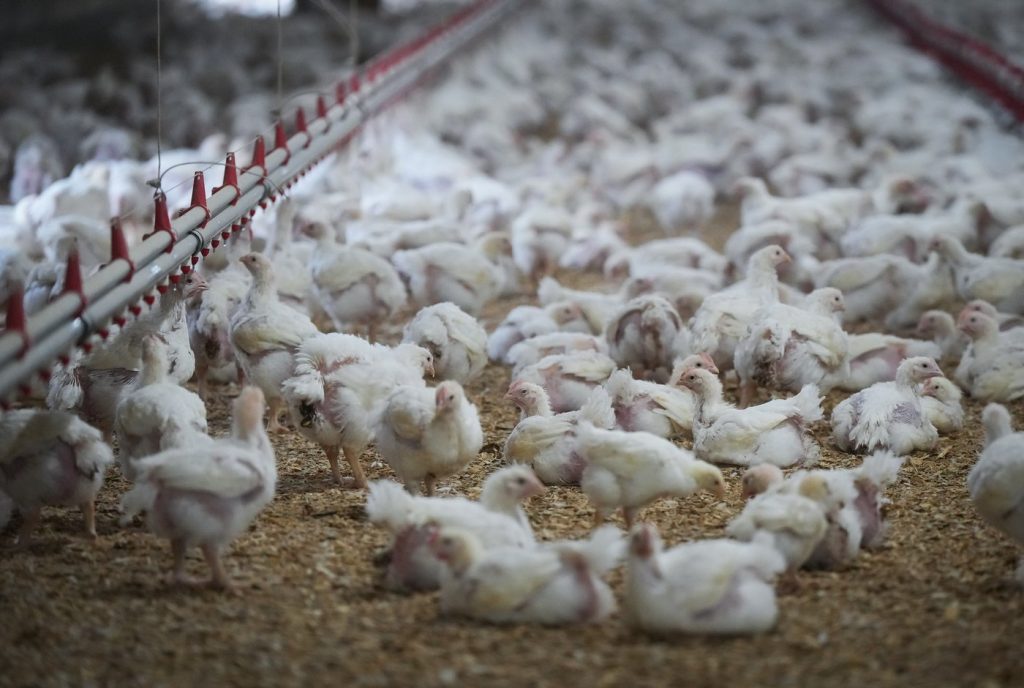Canadian consumers are currently experiencing a significant challenge in the poultry market as chicken prices continue to rise, prompting many to reconsider their grocery purchases. This increase has been particularly pronounced since late September, raising concerns among retailers and experts regarding supply chain disruptions and impending cost escalations.
Johannes Wildenborg, the owner of Master Meats located in Calgary, Canada, has reported a substantial price hike, especially for chicken thighs, which have seen increases of approximately 12 to 15 percent. Remarkably, the price for chicken thighs has surged nearly 20 percent. Wildenborg expresses the difficulty of explaining to customers the unavailability of chicken thighs, highlighting the frustration it causes for a business that relies heavily on being a one-stop shopping destination.
The primary factor driving these price increases stems from avian flu outbreaks affecting poultry populations in both Canada and the United States. These outbreaks have led to extensive culling of affected birds, resulting in a reduced supply that is driving up costs across the board. This situation poses a challenge not only for consumers but also for small retailers like Wildenborg's business, which depend on steady supplies and predictable pricing.
Experts in the field are cautioning that the situation may worsen before it improves. Sylvain Charlebois, the Director of the Agri-Food Analytics Lab at Dalhousie University, suggests that the current trends observed in wholesale pricing will likely impact consumers significantly by mid-winter. This forecast suggests that shoppers may face even higher prices in the coming months as the residual effects of the supply chain issues take hold.
In contrast to these warnings, the Chicken Farmers of Canada assert that chicken still represents one of the most affordable protein options available. They report that data from Canada’s Consumer Price Index (CPI) indicates chicken prices have only risen by 1.5 percent year-over-year. The organization attributes recent supply challenges to the avian influenza outbreaks that have influenced hatching egg supplies across North America. They emphasize that Canadian farmers are producing more chicken than they ever have historically.
Charlebois, however, expresses skepticism regarding the assertion that production levels are adequate, arguing that the challenges extend beyond the outbreaks of avian flu. He claims that an insufficient production capacity is primarily due to poor planning, indicating that systemic issues within the poultry industry may require attention beyond immediate health concerns affecting the birds.
For the time being, Wildenborg has opted not to raise prices for his customers, with hopes that the current fluctuations are merely a temporary issue related to the avian flu. He remains optimistic that once the situation stabilizes and supply chains are restored, chicken supplies will increase and prices will normalize, alleviating the immediate strain on his business and his customers.










